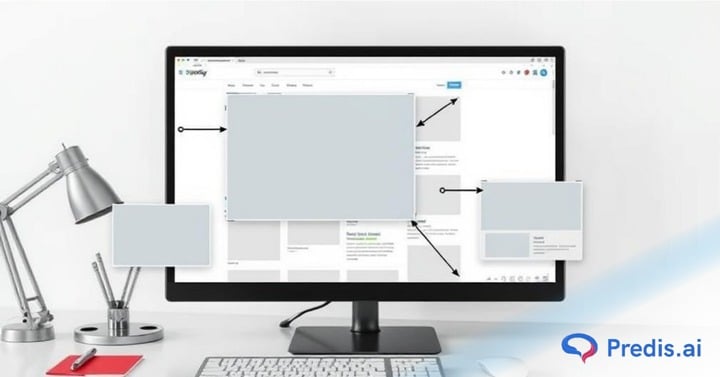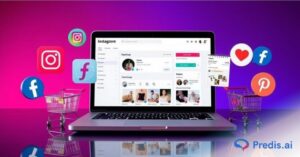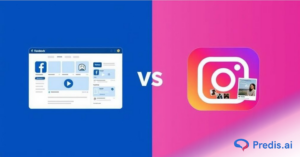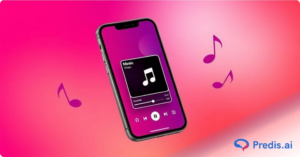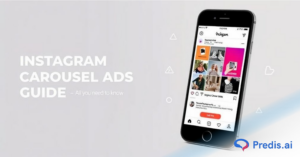Banner ads are one of the best ways of digital marketing to engage the audience on the site. The appearance of the brand is showcased through such advertisement placements on different platforms and websites, enhancing its visibility in the eyes of consumers with enhanced opportunities for lead conversion. For instance, Google Display Network reaches over 90% of global internet users, showcasing the vast potential of banner ads.
This guide will walk you through the best practices for placing banner ads to maximize their use. From effectiveness in design to strategic placement, you will find everything here. It ensures that your campaigns are delivered and yield optimal results.
Understanding Banner Ads
Banner ads are graphic displays that appear on web pages. Typically, their design is linked to drive users or sales. They are usually available as static images, animated graphics, and interactive media. The types of banner ads include leaderboard (728×90), medium rectangle (300×250), and skyscraper (160×600).
The first banner advertisement was published in 1994 on Wired magazine’s website, hotwired.com, making it the beginning of the first digital advertising era. The ad had a 44% click-through rate compared to the present 0.46% industry average. Of course, over all those years, some evolution has happened with the development of technology in terms of advanced targeting and retargeting of banner ads.
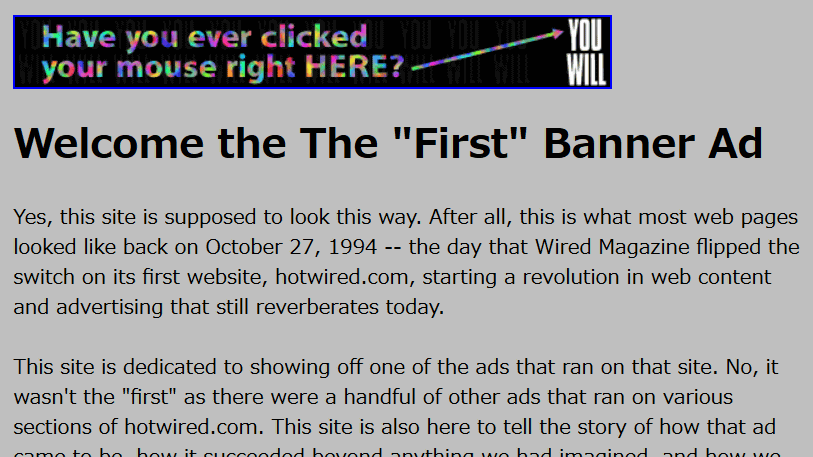
Consider using tools like Predis.ai's Banner Maker to create beautiful Banner ads effortlessly and improve your clicks and conversions.
Best Practices for Designing Effective Banner Ads
Banner ad designs are created to draw a viewer’s attention and make them more likely to click. Here are a few design best practices to consider:
- Visual Design: Use contrasting colors to convey your message clearly and create sharp, high-resolution images for a professional look. Always use readable fonts in which the message pops from the background. For instance, Spotify’s banner ad for Spotify Premium showcases effective visual design through a simple two-tone color scheme and a prominent green action button. The clear and non-cluttered layout emphasizes the ad’s message, which makes it visually appealing and easy to understand.
- Call to Action (CTA): Ensure that your call to action has actionable text such as “Buy Now” or “Learn More.” Make the CTA button one of the first things seen, and it is always best to put it above the fold so the visitor can see it and click on it. One good example is Mailchimp. Their CTAs are prominently displayed and effectively communicate their value propositions, which increases click-through rates.
- Consistent Branding: The ad units must support the overall branding of your products and business for trust and recognition. Stick to the leaderboard, medium rectangle, and skyscraper sizes. These are usually compatible and widely accepted throughout most significant networks. For example, LinkedIn’s banner ads are tailored specifically for a professional audience, consistently using the platform’s branding elements. They include messages aligning with LinkedIn’s professional networking site role.
- Ad Copy: Make it short but power-packed with benefits and unique selling points, say some specific features of a new gadget or its new design. For instance, Klarna’s ads in the fintech sector are notable for their simple yet humorous copy. Their banner ad featured a playful homage to Swedish stereotypes with only a few words, effectively capturing attention and conveying their message succinctly.
Enhance your banner ad design with Predis.ai Blog banner maker! You can change templates, stock images, and color palettes with minimal effort and add new elements, logos, and custom images.
Best Practices for Choosing the Right Placement for Your Banner Ads
When deciding where to place banner ads, consider both the ad format and the platform to maximize visibility and engagement. Here are the best practices for selecting the right placement for your ad to draw optimal results.
1. Ad Networks and Platforms
Once you prepare your banner ads, choosing the right ad networks and platforms will ensure your ad messages reach the relevant audience. Here is a quick summary of some of the most popular choices:
A. Google Display Network (GDN)
It has diverse targeting options, including contextual targeting, placement targeting, and remarketing. For example, in the Netherlands, L’Oréal optimized its advertising strategy by reallocating 10% of the TV budget to the GDN.
This strategic shift led to a CPM 20 times lower than that of TV advertising and increased ROI by up to 32%, according to Think with Google.
B. Social Media Platforms
- Facebook and Instagram: The targeting is primarily based on demographics, interests, and behaviors. Facebook’s ad system allows for detailed audience segmentation, which can be highly effective for personalized ad campaigns.
- LinkedIn: Ideal for B2B marketing, given that you can target professionals by job title, industry, and company size. It proves especially handy when promoting products or services to a professional crowd.
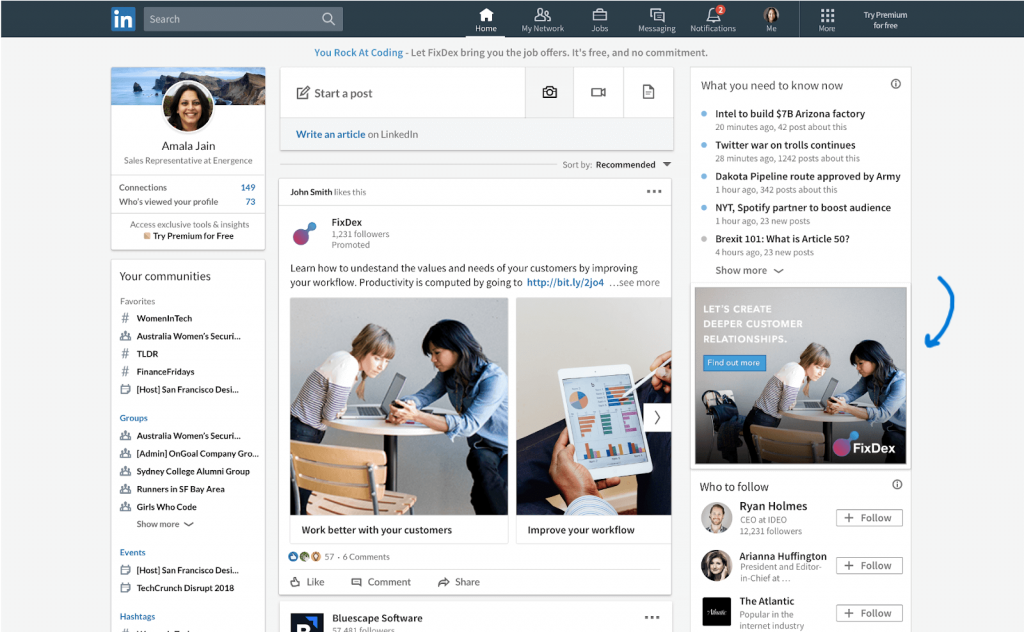
- X (formerly Twitter): The ad platform on X is great for real-time engagement, as it helps target users based on real-time interests and trending topics.
Elevate your professional presence with Predis.ai's LinkedIn Banner Maker—design eye-catching banners effortlessly.
C. Niche Ad Networks
- Pinterest: It is highly reputed for its users’ high purchase intent. Most products under lifestyle, home decor, and fashion do well if advertised on Pinterest. This is because users usually come to Pinterest to find something new or shop for new things.
- Reddit: It offers a unique opportunity to target specific communities with high engagement. Reddit is best suited for brands that can naturally fit into niche discussions and forums.
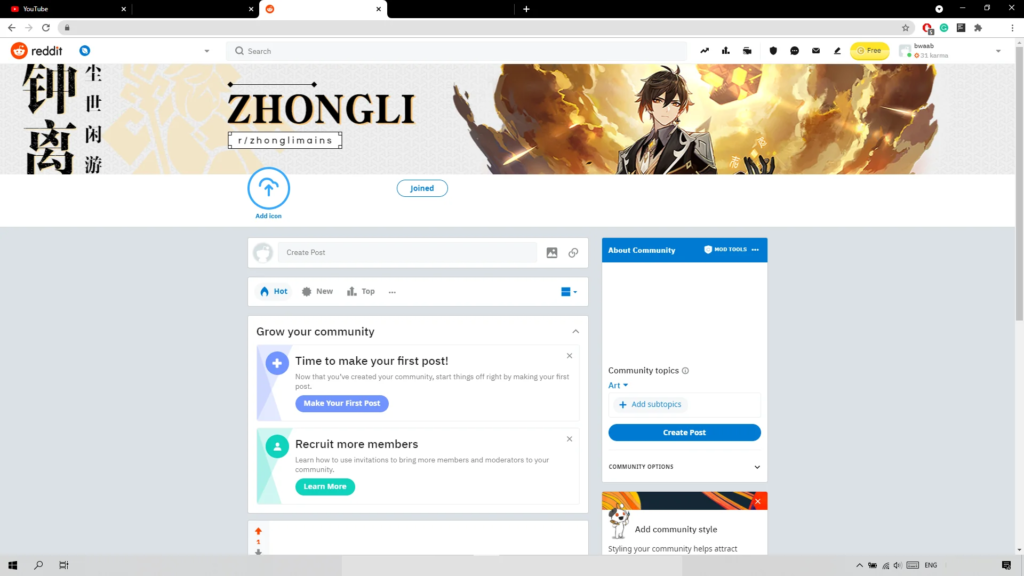
2. Target Audience
Knowing your audience is key to selecting the right platforms for your banner ads. Here are some steps to ensure you’re reaching the right people:
- Audience Research: Do thorough research to know the demographics, interests, and behaviors of your audience online. You could use sources like Google Analytics or Facebook Insights.
- Segmenting Your Audience: Segment your audience based on various factors such as age, gender, location, etc. This allows for more precise targeting.
- Tailoring Your Message: Customize your ad messages to resonate with different audience segments. When the ads are personalized, they will make a stronger appeal and encourage more people to become customers.
3. Website Relevance
Placing ads on relevant websites is essential for maximizing their impact. Here are some tips to ensure your ads are placed where they’ll be most effective:
- Contextual Relevance: As relevant ads are more likely to attract clicks and conversions, place your ads on websites that align with your product or service.
For example, Nike frequently places ads on sports and fitness websites like ESPN. This strategic placement ensures that Nike’s ads for athletic apparel and footwear are seen by sports enthusiasts who can potentially take an interest in their product.

- High-Traffic Websites: Start by identifying high-traffic websites to ensure your advertisements are viewed with a higher degree of probability. Also, make sure that the website’s publisher is relevant to your audience.
One such advertisement campaign is by The New York Times, which had to work with Google in the advertisement of Pixel Smartphones. On both these counts, Google was seen to have utilized the powerful reach and influence that The New York Times has on its audience to have interactive articles and immersive ads that revolved around what people could do with the camera on a Google Pixel phone.
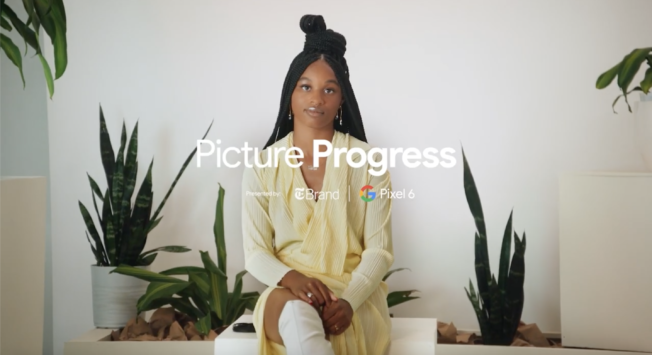
- Avoiding Irrelevant Sites: Do not show your ad on sites that are irrelevant to the target interests of your audience. Irrelevant placements cost more and usually yield lesser engagement.
For example, a luxury brand like Versace will not get ad placements on discount deals or bargain shopping websites; it’s best to post them on luxury lifestyle sites and high-end fashion blogs that their target audiences would read.
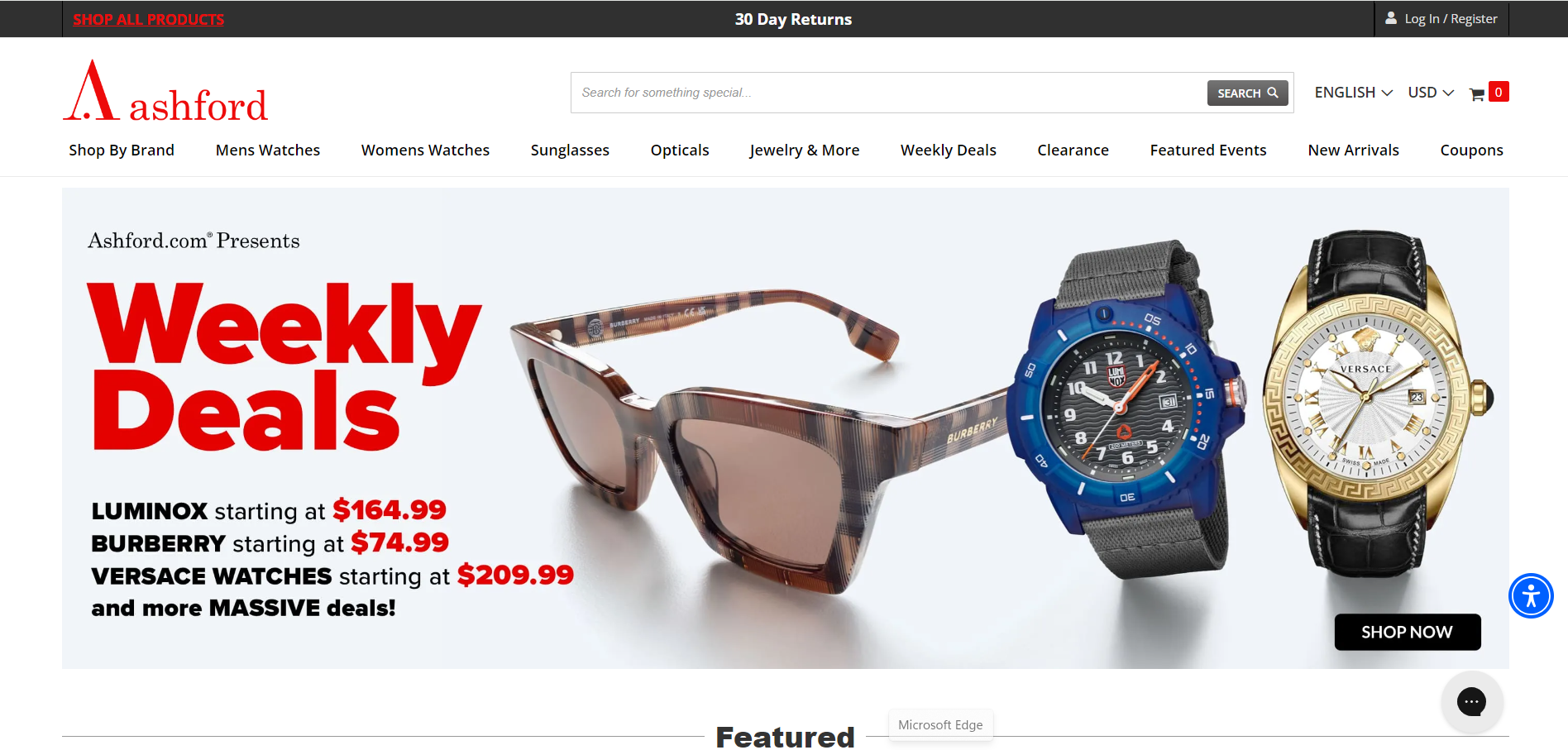
4. Avoiding Common Pitfalls
When placing banner ads, you must avoid common pitfalls that are essential to ensure your campaigns are effective and engaging.
- Overcrowded Designs: Keep your banner ad design simple and focused. Overloading your advertisement with text or images will put the viewer off, lowering the success rate. Ads designed minimalistic can get a higher click-through rate than crowded designs. Focus on a clear message, high-quality visuals, and a solid call to action.
- Irrelevant Placements: All ad placements should be carried out on relevant websites to impact as effectively as possible. Advertisements placed on irrelevant websites tend to attract the wrong potential audience, therefore wasting the ad spend.
A study reports that contextually relevant ads have better performance with 43% more neural engagement and recall, which is 2.2 times better.
Case Study: Nike’s “Dream Crazy” Campaign
The Nike ‘Dream Crazy’ campaign is an excellent example of how strategically placed banner ads can amplify a marketing message. It featured Colin Kaepernick with the tagline “Believe in something. Even if it means sacrificing everything.” This can be taken as the prime example of how solid and impactful a banner ad campaign can be when aligned with a powerful emotive message.
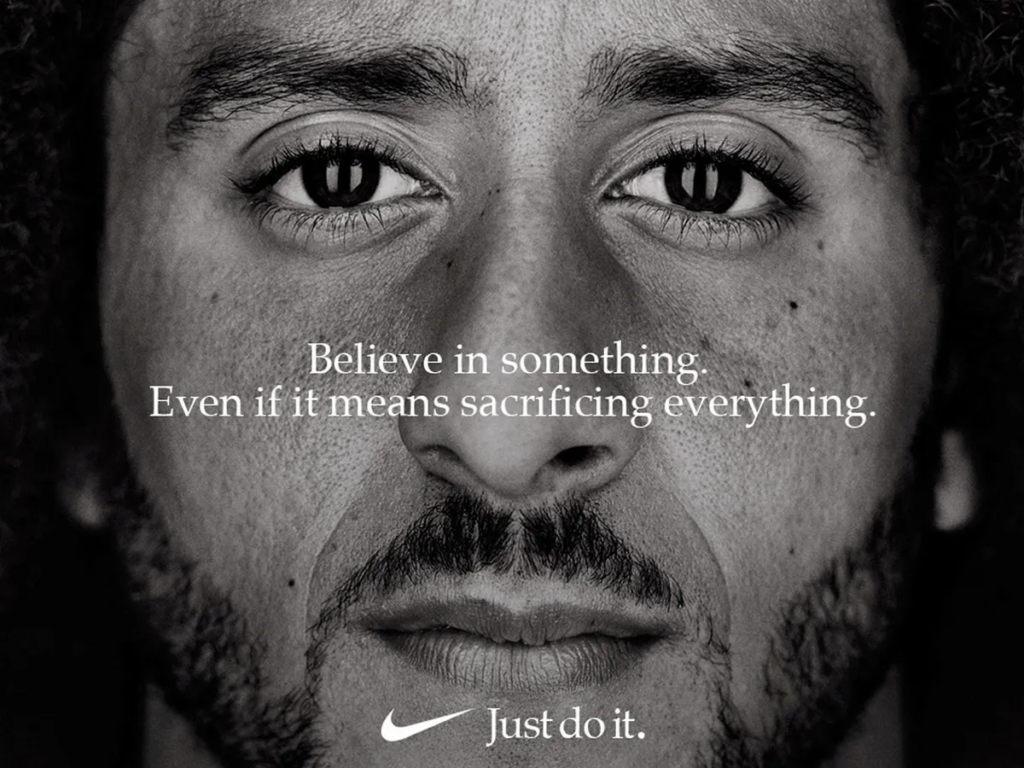
Strategy: The banners were placed on sports and lifestyle websites so that an audience already identified with the culture of sports is likely to be receptive to this message of perseverance and ambition. Of course, with this hard stance, the campaign has pushed it further into new visibility and levels of engagement beyond its static placements by fueling talk on social media.
Execution: The banner ads featured a close-up black and white image of Kaepernick’s face, which was both visually striking and emotionally provocative. This simplicity in design made it easily adaptable across various online platforms, which resulted in high visibility and instant recognition.
Results and Impact: Following the launch of their new campaign, Nike experienced substantial improvements across several key business metrics. The brand value increased by $6 billion, enhancing Nike’s market position significantly. TIME reported a notable 31% rise in Nike’s online sales post-campaign, underscoring the direct influence of the advertising efforts on consumer purchasing behavior.
Tips for Enhancing Banner Ad Engagement
To maximize the effectiveness of your banner ads, focus on engagement. Here are some tips to help enhance engagement with your banner ads:
Tip 1: Use Interactive Elements
Adding interactive elements like animations, sliders, or videos can capture attention and increase engagement. For example, a study by Magna found that interactive ads see a 47% higher engagement rate compared to static ads.
Tip 2: Incorporate Strong Visuals
High-quality, eye-catching visuals can significantly boost engagement. Airbnb, for instance, uses stunning images of properties in their ads to achieve good ad performance.
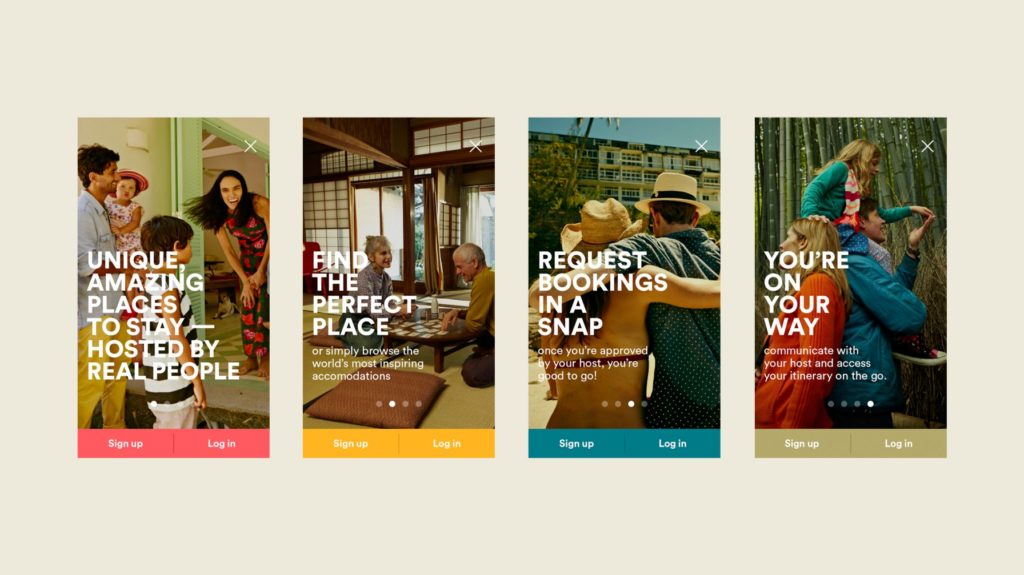
Tip 3: Personalize Your Ads
In some ways, you might want to use dynamic content to personalize your ad according to user behavior, like in a retargeting ad. According to Social Media Today, retargeting can improve ad engagement by up to 400%.
Tip 4: Optimize for Mobile Phones
After all, over 58% of global web traffic comes from mobile devices, so your ads should be mobile-optimized. A responsive design, wherein the buttons are easy to tap, would lead to a better overall user experience and an increased number of clicks.
Tip 5: Utilize A/B Testing
Keep testing different versions of your ads against each other to see what most resonates with your audience. Use A/B testing on one creative type, testing elements like images, headlines, and CTAs for higher performance.
Create stunning banners effortlessly using Predis.ai’s AI Banner Maker—boost your ad performance and conversions.
Conclusion
In this blog, we have discussed some of the best practices to apply to place banner ads effectively: strategic ad placement, targeting the right audience, and continuous ad optimization for better engagement. These practices ensure that performance in your banner ad campaigns is uplifted to levels that are sure to attract engagement and interest on another level.
Implement these strategies in your campaign, and it will end with good results and a high ROI on advertising. To further automate the process with advanced analytics and optimization features for fine-tuned campaigns, consider choosing Predis.ai.
Boost your google ads engagement with Predis.AI! Use Google Ads Maker to create interactive, personalized, and optimized ads.
Sign up today for a free trial.


